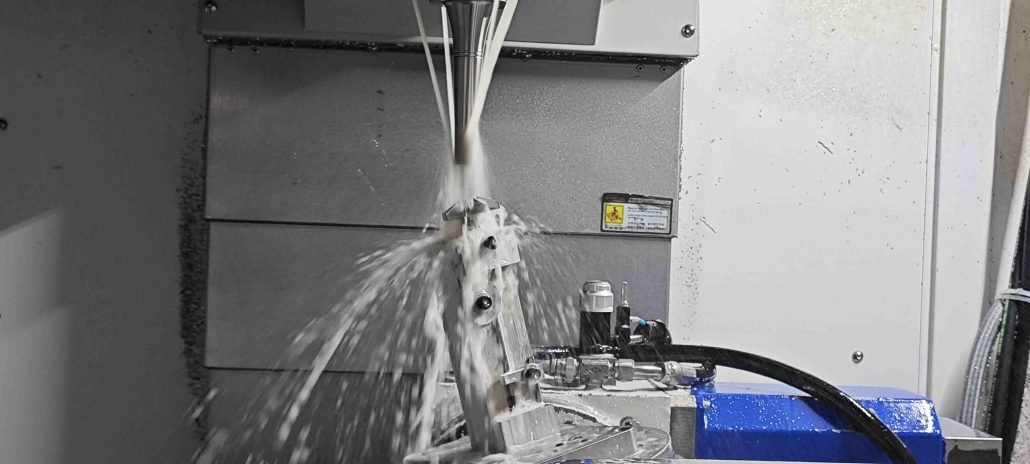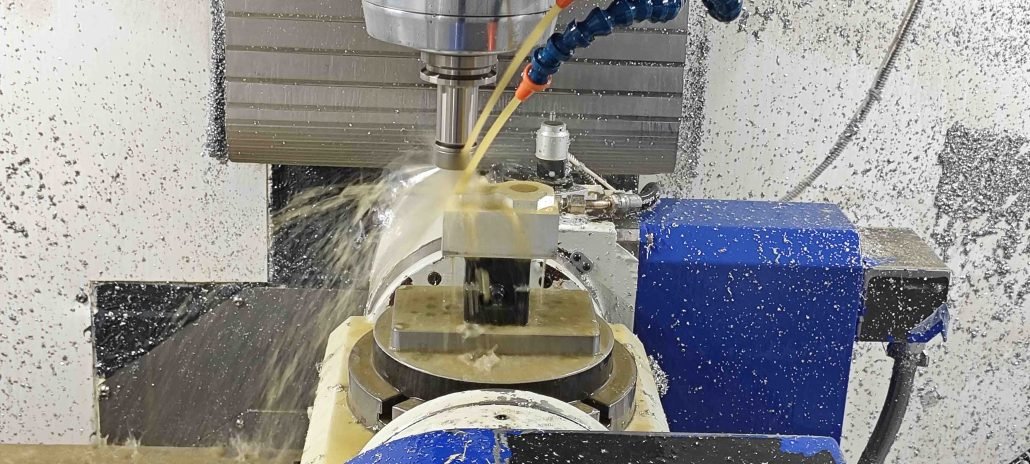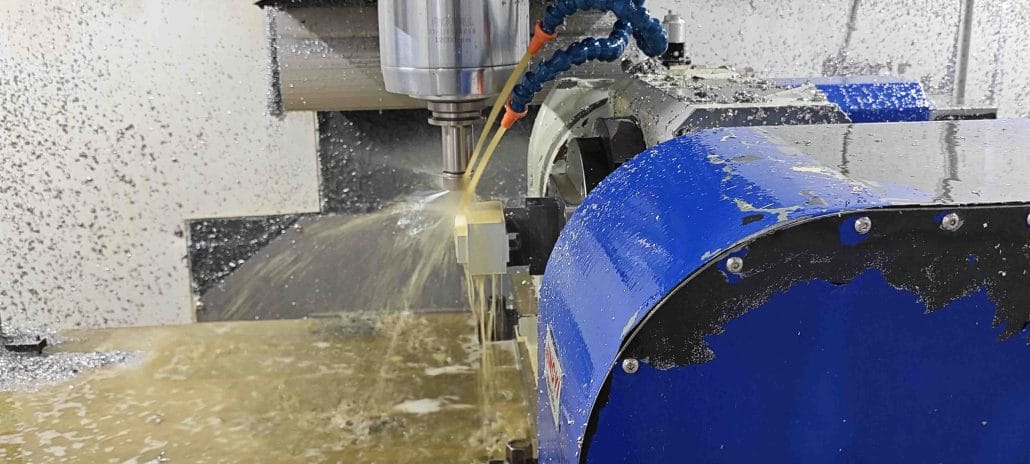In the manufacturing industry, CNC machining is a key technology that can be used to produce various complex shaped parts. However, with the rise of prices, cost has always been an important consideration factor for enterprises. If the cost of CNC machining can be reduced, then enterprises can occupy an advantage in the fierce market competition.
Below, we will introduce some methods to reduce CNC machining costs for you.
What Affects the Cost of CNC Machining
CNC machining is a popular manufacturing process that involves the use of computer-controlled machines to produce custom parts and components. The cost of CNC machining can vary significantly depending on a variety of factors. In this document, we will discuss some of the key factors that can impact the cost of CNC machining.

Material Selection
The type of material used in CNC machining can have a significant impact on the cost. Some materials, such as aluminum or plastic, are less expensive than others, like steel or titanium. Additionally, materials that are more difficult to machine, such as those with high hardness or strength, may require more time and specialized tools, which can increase the cost.
Complexity of Design
The complexity of the design is another important factor that can affect the cost of online CNC machining. Parts with intricate designs or complex geometries may require more time and specialized equipment to manufacture, which can increase the cost. On the other hand, simpler designs may be less expensive to produce.
Quantity of Parts
The quantity of parts needed is also a significant factor in determining the cost of CNC machining. Generally, the more parts that are needed, the lower the cost per part will be. This is because the setup and programming costs are spread out across a larger number of parts.
Tolerances and Surface Finishes
Tolerances and surface finishes are also important considerations when determining the cost of CNC machining. Tighter tolerances or more precise surface finishes may require more time and specialized equipment, which can increase the cost.
Additional Services
Finally, additional services, such as post-processing or assembly, can also impact the cost of CNC machining. These services may require additional time and labor, which can increase the overall cost of the project.
In conclusion, the cost of CNC machining can be influenced by a variety of factors, including material selection, complexity of design, quantity of parts, tolerances and surface finishes, and additional services. By understanding these factors, you can better estimate the cost of your CNC machining project and make informed decisions about your manufacturing needs.

How to Effectively Reduce CNC Machining Costs?
CNC machining is a common and versatile manufacturing process used in various industries. However, the cost of CNC machining can add up quickly, especially if you are producing a large number of parts. Here are some tips to help you effectively reduce CNC machining costs:
- Optimize your design: The design of your part can have a significant impact on the cost of CNC machining. Simplify the design as much as possible, reduce the complexity of the part, and minimize the number of operations required to produce it.
- Choose the right materials: Choosing the right material for your part is crucial to reduce CNC machining costs. Select materials that are easy to machine, have a lower cost, and are readily available.
- Reduce the number of setups: Each setup required to manufacture a part adds to the cost. To reduce the number of setups required, consider making multiple parts in one setup or combining similar parts into one.
- Use standard cutting tools: Using standard cutting tools can help reduce CNC machining costs. They are readily available and less expensive than custom-made tools.
- Optimize tool paths: Optimizing tool paths can help reduce CNC machining costs. Use the shortest possible tool paths and eliminate unnecessary movements.
- Batch production: Producing parts in batches can help reduce CNC machining costs. By producing more parts at one time, you can reduce the setup time and increase efficiency.
- Choose a reliable CNC machining service: Choosing a reliable CNC machining service can help reduce costs. They will have the experience and expertise to optimize the manufacturing process, reducing the time and cost of production.
By following these tips, you can effectively reduce CNC machining costs without compromising on quality.
How to Calculate CNC Machining Costs?
CNC machining costs can vary depending on a number of factors, including the complexity of the part, the material used, and the machine time required. Here are the steps to calculate CNC machining costs:

- Determine the material cost: The cost of the material used for the part will depend on the type of material and the quantity required.
- Calculate machine time: The machine time required will depend on the complexity of the part and the type of machine used.
- Determine labor costs: The labor costs will depend on the hourly rate of the machinist or operator.
- Add overhead costs: Overhead costs include expenses such as rent, utilities, and maintenance.
- Calculate profit margin: The profit margin is the amount of profit you want to make on the project.
- Total cost: Add up the material cost, machine time, labor costs, overhead costs, and profit margin to determine the total cost of the project.
By following these steps, you can accurately calculate CNC machining costs for your project.
How to Reduce Machining Time in CNC?
CNC (Computer Numerical Control) machining is a process that involves the use of computerized machines to cut, shape, and form various materials. While CNC machines are efficient and accurate, they can often take a long time to complete a job. Here are some tips for reducing machining time in CNC:
- Use High-Speed Cutting Tools: Using high-speed cutting tools can significantly reduce machining time. These tools have a higher cutting speed and can remove material much faster than standard tools.
- Optimize Cutting Parameters: Optimizing cutting parameters such as feed rate, spindle speed, and depth of cut can also help reduce machining time. By finding the optimal combination of these parameters, you can achieve faster and more efficient machining.
- Use Advanced CAM Software: Advanced CAM (Computer-Aided Manufacturing) software can help optimize tool paths and reduce machining time. These software programs can analyze the geometry of the part being machined and optimize the tool path to minimize the amount of material that needs to be removed.
- Reduce Setup Time: Reducing setup time can also help reduce machining time. By streamlining the setup process and ensuring that all necessary tools and materials are readily available, you can minimize downtime and increase productivity.
- Implement Lean Manufacturing Techniques: Implementing lean manufacturing techniques such as 5S and continuous improvement can help reduce waste and improve efficiency. By eliminating unnecessary steps and optimizing workflows, you can reduce machining time and increase overall productivity.
By implementing these tips, you can significantly reduce machining time in CNC and increase productivity.


